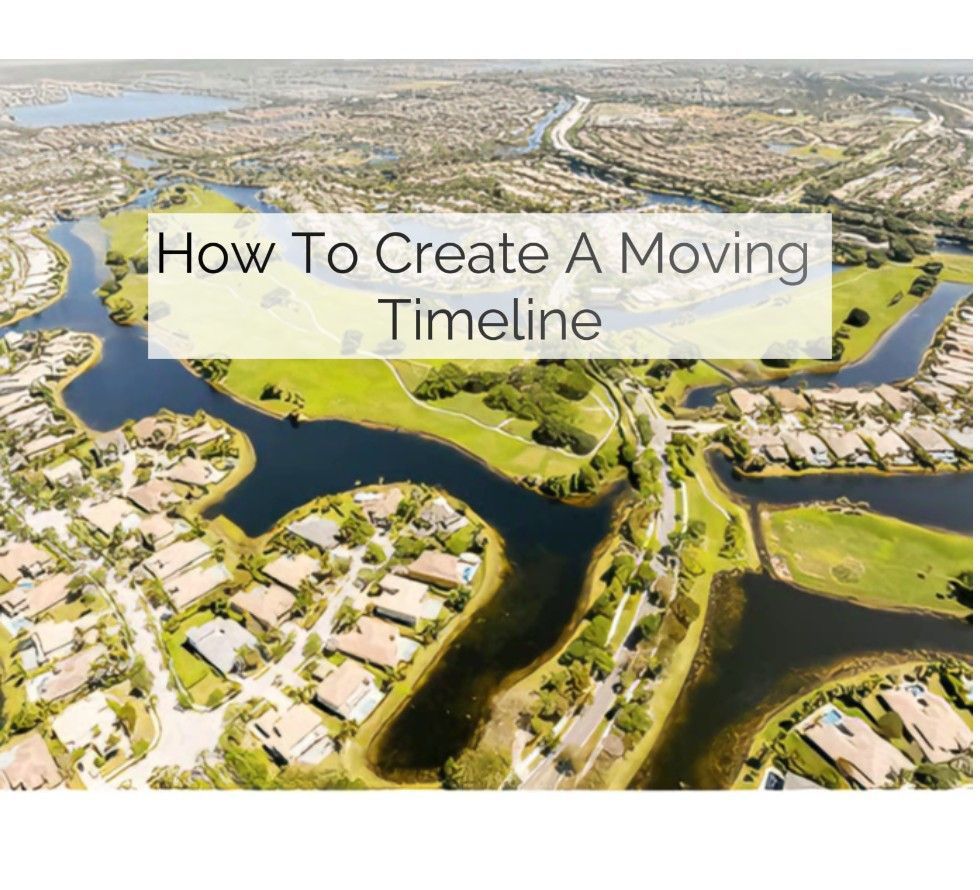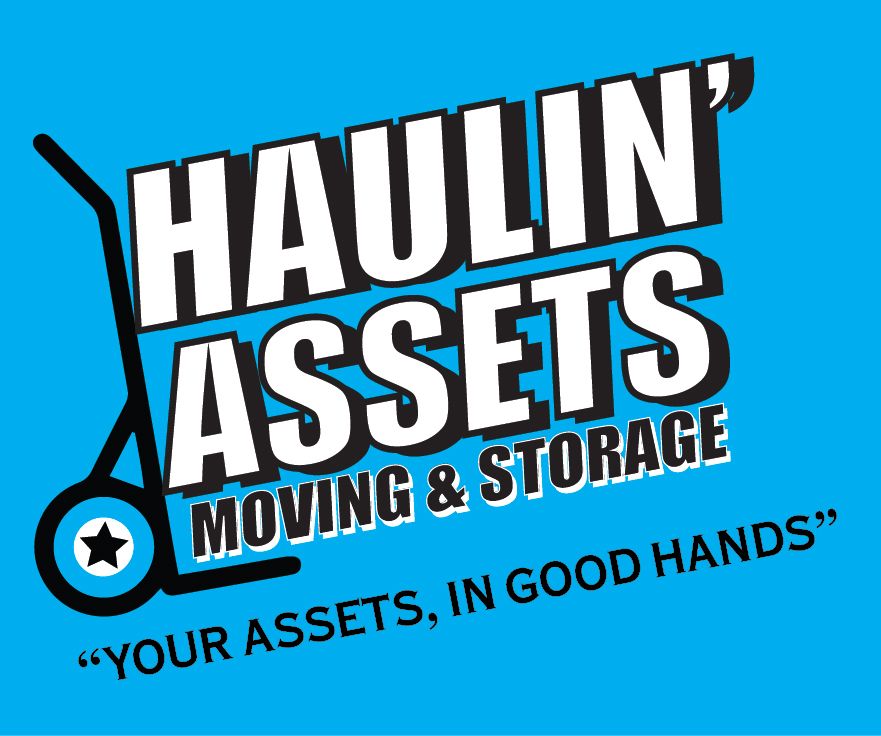Pompano Beach is a beautiful city in Broward County, Florida, about three miles from the Atlantic Ocean. It is highly regarded in the tourism world and is also considered an excellent place to live.
Here you can find everything you need. Good job opportunities, excellent high schools, colleges and universities, comfortable and safe neighborhoods.
The number of residents is around 112,500 and mostly everyone praises the Pompano Beach community. A friendly approach to everyone, acceptance of differences and tolerance, and good neighborly relations make Pompano Beach ideal for living.
Golden beaches, clear blue water, water sports, world-class diving and fishing, historical sights, landscaped surroundings, entertainment, restaurants, shops, etc. are all Pompano Beach’s trump cards.
Move to Pompano Beach
If you are moving to another city and that is Pompano Beach, consider yourself born under the lucky star. So let’s approach plans for moving.
1. Fix the Date
Perhaps this is an unnecessary formality, but the experience of many confirms that it is not so. It is necessary to determine and not move the date of the move. This way we know exactly how much time we have and plans are made faster and more efficiently.
Let’s start planning 6 weeks before moving day. Make a checklist and start.
2. Make a Budget Plan
Moving certainly requires certain costs. Following our income, we will decide on how we will do the moving.
Be sure to plan a slightly larger budget, because you never know what unplanned expenses may appear. If there is money left, you will easily spend it on something else.
3. Hire a Moving Agency
If your budget allows, the most useful and smart thing you can do is to hire professional movers.
Experienced teams have the best solution for absolutely every type of moving. There are no impossible situations for them.
Only transport, loading, unloading and transport, packing, provision of packing supplies, special treatment, and transport of valuables, antiques, and artworks, let the professionals handle it.
Everything can be organized and agreed upon by our local Pompano Beach movers.
If you are in a situation to leave everything to us, your task will only be to make coffee and watch how the work goes.
4. Declutter Before Moving
Do not be a slave to old and damaged things, even if they are memories. Move to a new place, to a new space, and let fresh energy reign there.
Get rid of damaged things, old furniture, clothes, and shoes you haven’t worn for a long time, in short, everything you don’t need. Every house has too many such things. Why would you pay for transportation, loading, and unloading when you can also hire our junk removal services in Pompano Beach.
Give away, sell, recycle, throw away, donate, have a yard sale. Perhaps you will earn a sum of money that will be useful for your moving expenses.
5. Pack each room separately
There is nothing worse than general confusion and mixed-up boxes full of things. Such an approach to moving can only slow down the work and cause nervousness.
Separate things by room, and pack them in marked boxes. When you arrive at your new destination, put them away until unpacking.
You will see for yourself how good and useful this packaging method is. When the furniture is brought into the new rooms, then unpacking is easy. Accurate insight into where things are located makes work easier and faster.
6. Provide space and supervision for kids, seniors, and pets
You probably have one of these three groups in your family, or maybe all three. Never let a spontaneous situation rule them during the move. Remember that someone can get seriously injured or interfere with the workers during the transfer of heavy items.
Kids, seniors, and pets cannot properly assess their own or other people’s movements during the moving rush. That is why it is necessary to separate them into one room, provide them with food and drinks, and if possible, a person to supervise them.
It would be ideal to send them to neighbors, friends, or relatives until the move is completed.
7. Take the most important things with you
Everything related to important family documentation, as well as valuables in the form of jewelry, money, medical documentation, and medications that someone in your family is currently taking, must be transported with you.
It’s the best and safest way to not lose anything and to have it nearby if you need it.
8. Measure all furniture
Don’t forget this important item. The furniture you had until now may not be able to fit into the new living space.
Pay attention to the dimensions of each piece, as well as the amount of furniture you carry with you.
Think about the new style that you will cultivate. If you are moving to Pompano Beach from the mainland, it would be nice to refresh and reformulate your interior to be closer to the marine style.
9. Label everything
Make this one of the imperatives of your move. Mark everything. Of course, there is no need to label a closet or a bed, but each box and clothes bag must have its label.
While packing, it seems to you that it is impossible to mix things up and forget where things are, but that is not the case. Many things, the crowd, the road, different situations, and little things, will force you to have focused concentration and control. That is why it is recommended not to memorize anything, but to write down and mark everything.
Conclusion
If you have followed all these tips, it means that you will successfully and efficiently move yourself in Pompano Beach.
Enjoy this charming place that will provide you with various possibilities of complete enjoyment in life. Relaxation and adventure, fun and career, enchanting landscapes, sunny weather, all in a place you will call home.
A new life chapter begins right now, in this seaside paradise.


